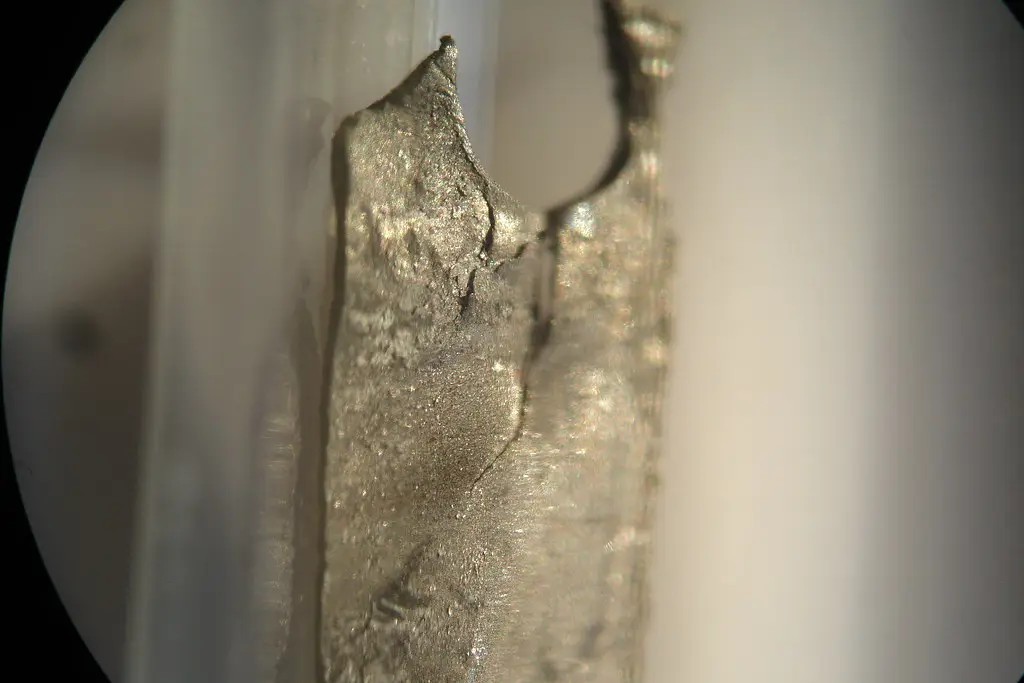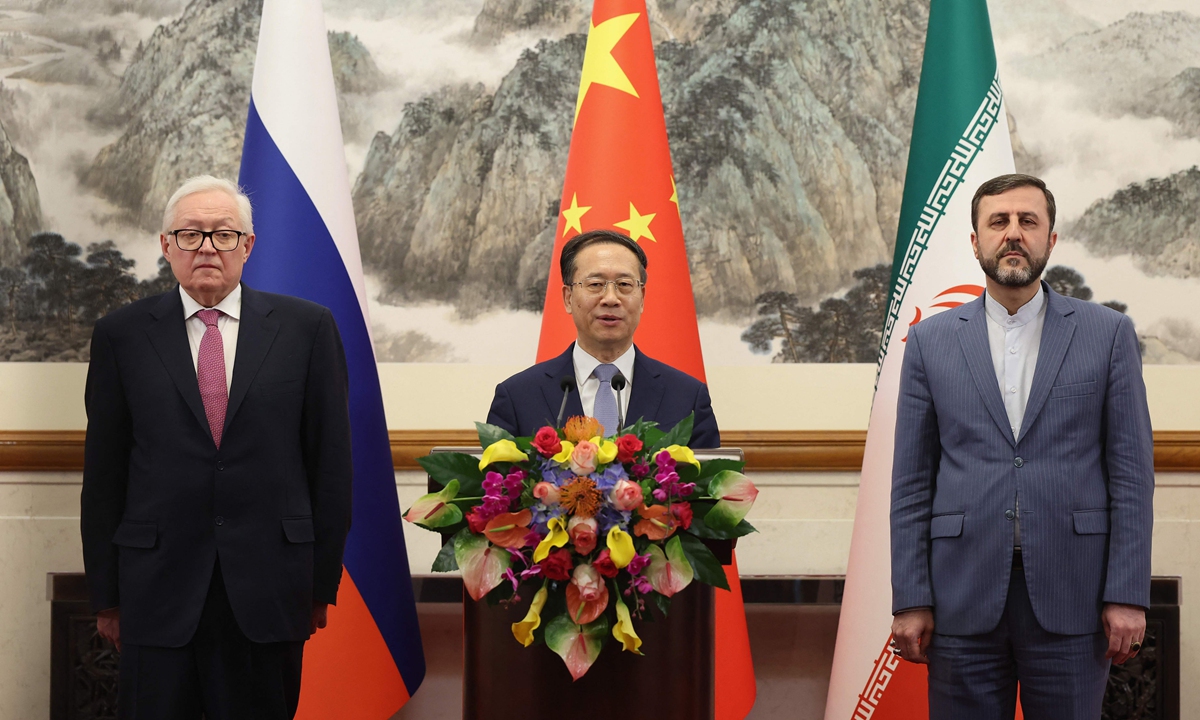China could be sitting on top of enough thorium to power its energy needs almost forever, a national survey has revealed.
This one radioactive metal alone could revolutionise global energy production, ending the worldwide dependence on fossil fuels, an expert has said.
According to a declassified report detailing the survey, which ended in 2020, China’s thorium reserves, already known as the world’s largest, may actually exceed previous estimates by orders of magnitude.
Just five years of mining waste from a single iron ore site in Inner Mongolia contains enough thorium to meet US household energy demands for more than 1,000 years, according to the report published in Chinese journal Geological Review in January.
Fully exploited, the Bayan Obo mining complex could yield 1 million tonnes of thorium – enough to fuel China for 60,000 years, according to some scientists’ estimates.
“For over a century, nations have been engaging in wars over fossil fuels. It turns out the endless energy source lies right under our feet,” said a Beijing-based geologist who requested not to be named because discussion about mineral deposits requires authorisation.
“Every nation has thorium. Imagine cargo ships powered by container-sized reactors crossing oceans for years without refuelling.”
Thorium, a silver-coloured metal named after the Norse god of thunder, generates 200 times more energy than uranium. And unlike uranium reactors, thorium molten-salt reactors (TMSRs) are small, cannot melt down, require no water cooling and produce minimal long-lived radioactive waste.
Last year China approved the construction of the world’s first TMSR power plant in the Gobi Desert – a pilot project that will generate 10 megawatts of electricity when it is up and running by 2029.
The survey, led by senior engineer Fan Honghai with the National Key Laboratory of Uranium Resource Exploration-Mining and Nuclear Remote Sensing in Beijing, identified 233 thorium-rich zones across China, clustered in five key belts from the inland Xinjiang to coastal Guangdong.
The findings show magmatic and hydrothermal deposits dominate, often intertwined with rare earth elements.
In Fujian and Hainan, coastal placer sands hold easily extractable thorium-bearing monazite.
The Bayan Obo mega-deposit – already the world’s largest rare earth mine – contains a huge amount of thorium in tailings alone, long ignored during iron extraction, according to Fan and his colleagues.
“These thorium resources in tailings remain totally untouched,” they wrote in the report.
Despite the optimism, hurdles remain. Isolating thorium from rare earth ores demands vast amounts of acid and energy – roughly hundreds of tonnes of waste water per gram of purified thorium, according to some industrial estimates based on existing technology.
There are also some fears that thorium could be used to produce weaponised uranium, though some experts argue such by-products are unfit for bombs.
China’s thorium push coincides with the release of KUN-24AP – world’s first thorium-powered nuclear container ship design – and plans for lunar thorium reactors to sustain future moon bases, according to Fan’s team.
“The demand for thorium in nuclear power and nuclear propulsion sectors have brought significant opportunities and challenges to the exploration and exploitation of thorium resources in China,” they wrote.
The precise estimate on China’s thorium reserve potential remains classified due to national security regulations.
Source: https://www.scmp.com/news/china/science/article/3300360/chinas-thorium-survey-finds-endless-energy-source-right-under-our-feet



